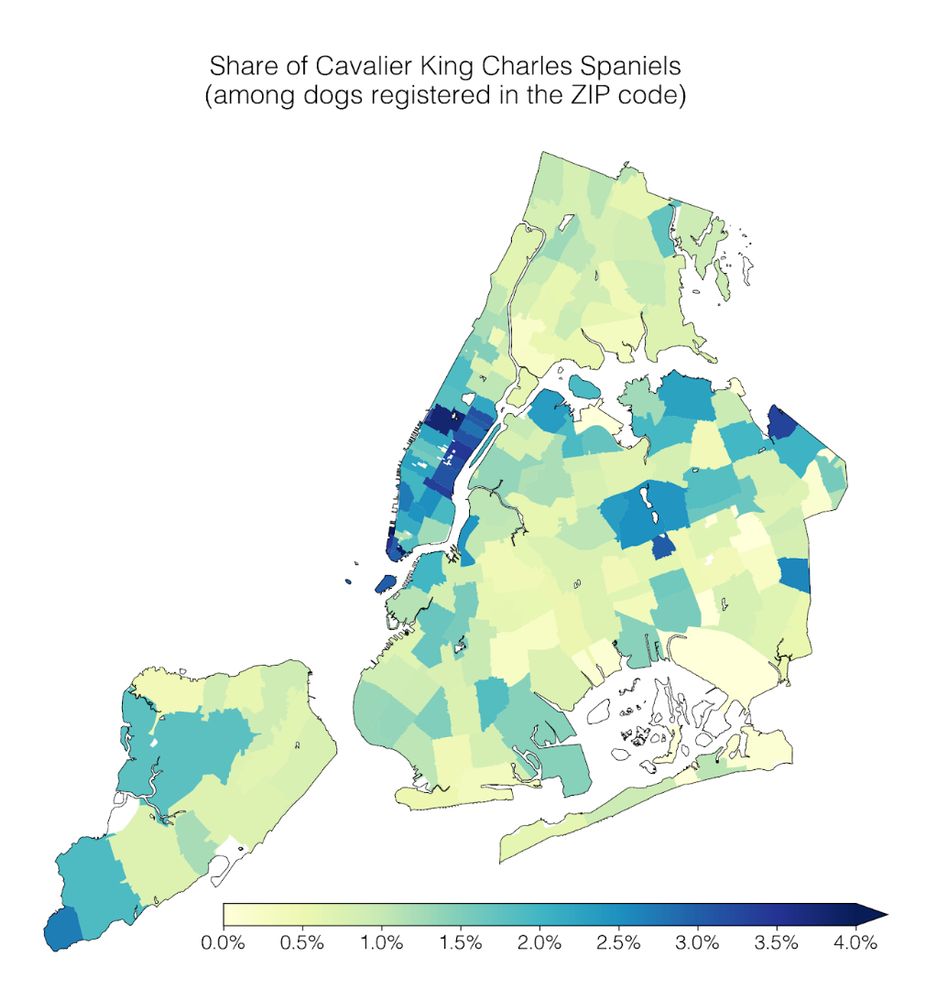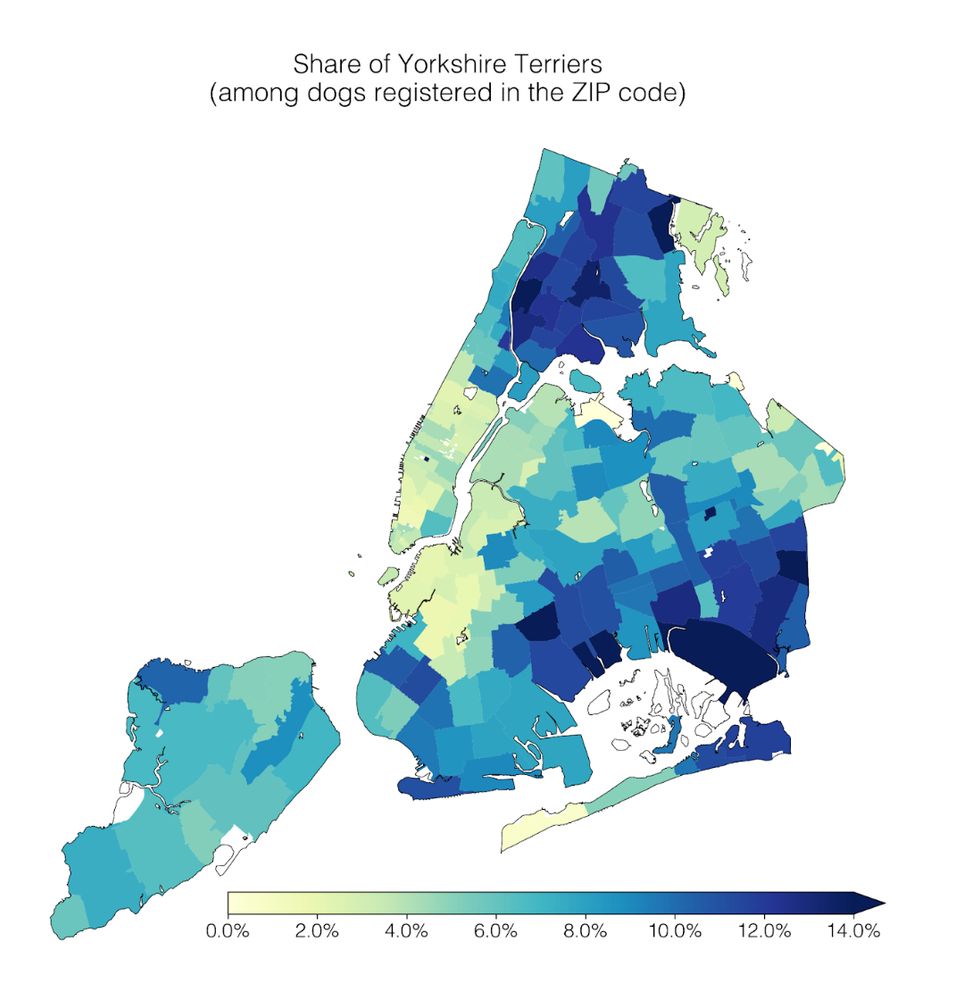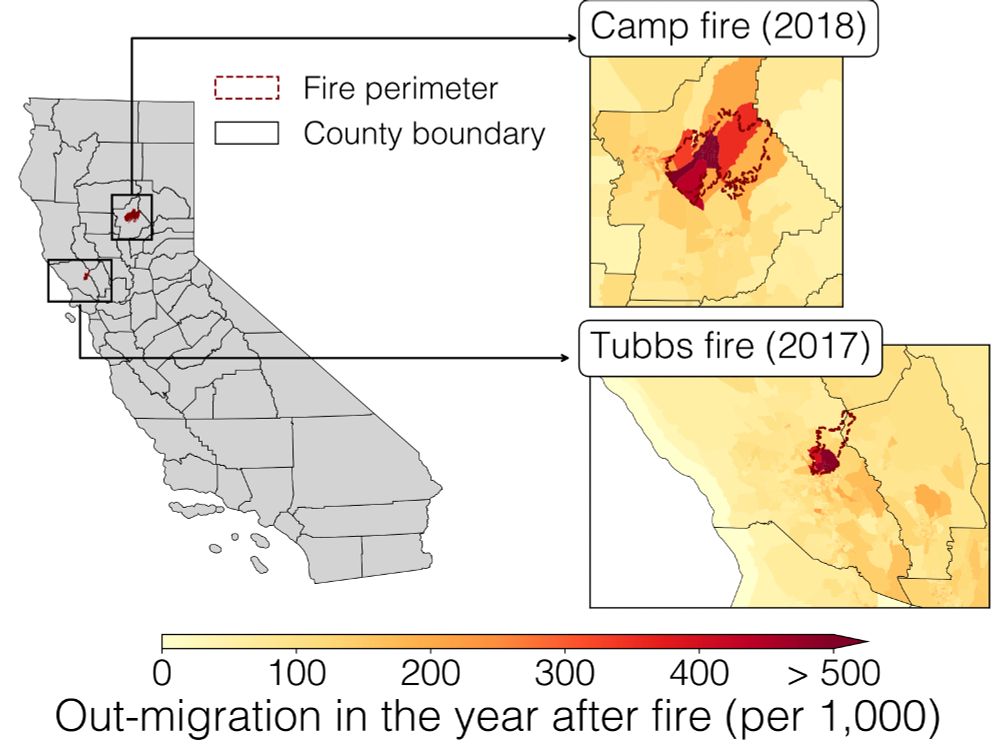Gabriel Agostini
@gsagostini.bsky.social
100 followers
200 following
13 posts
PhD student at Cornell Tech | he/him | cities + equity + spatial everything | fan of cats and Taylor Swift | gsagostini.github.io
Posts
Media
Videos
Starter Packs
Pinned
Reposted by Gabriel Agostini
Reposted by Gabriel Agostini
Streetsblog NYC
@nyc.streetsblog.org
· Jun 30

DOT Testimony: Removing Bedford Ave. Bike Lane Will 'Reduce Safety' - Streetsblog New York City
"Removing the protected bike lane won’t remove cyclists — it will only make the street less safe," the DOT said. "The city risks legal liability for knowingly reducing safety on a Vision Zero…
nyc.streetsblog.org
Reposted by Gabriel Agostini
Reposted by Gabriel Agostini
Reposted by Gabriel Agostini
Gabriel Agostini
@gsagostini.bsky.social
· Mar 28

Inferring fine-grained migration patterns across the United States
Fine-grained migration data illuminate important demographic, environmental, and health phenomena. However, migration datasets within the United States remain lacking: publicly available Census data a...
arxiv.org
Gabriel Agostini
@gsagostini.bsky.social
· Mar 28
Gabriel Agostini
@gsagostini.bsky.social
· Mar 28
Reposted by Gabriel Agostini





